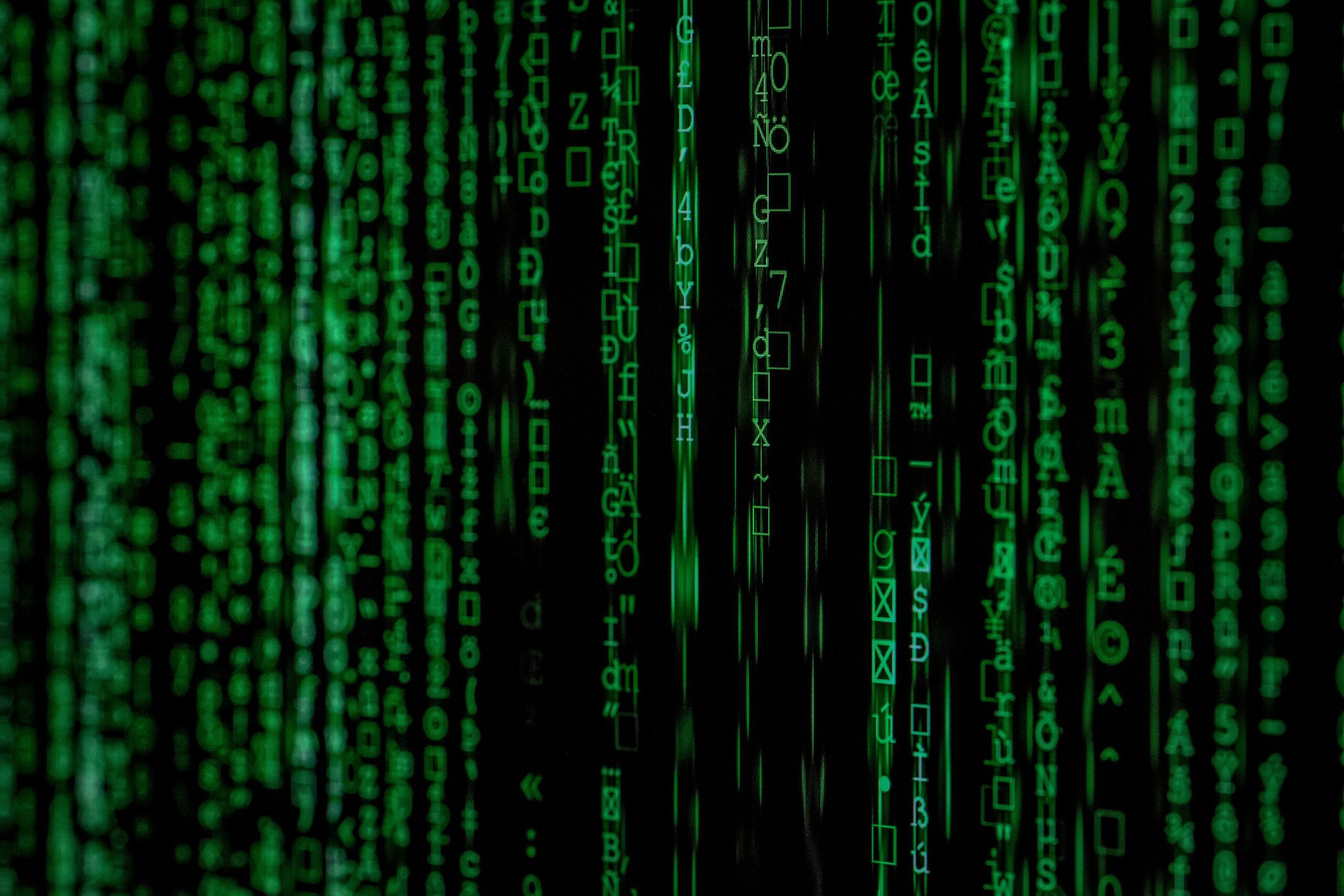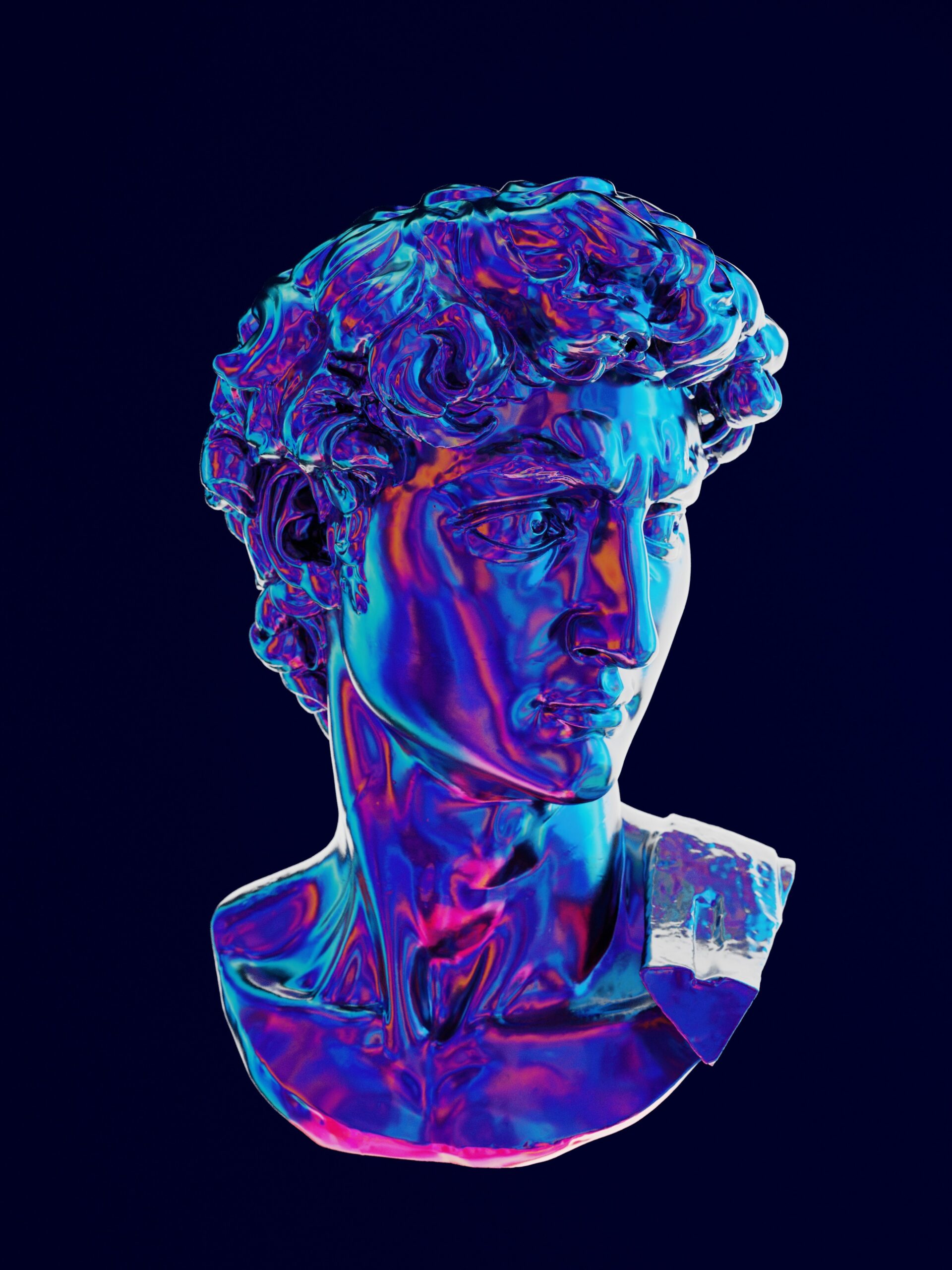In today’s digital age, art has found a new canvas – the digital realm. With the rise of digital art platforms, artists now have the opportunity to showcase their creativity to a global audience. However, for these platforms to truly optimize creative expression, a well-designed user interface (UI) and user experience (UX) are essential.
The UI/UX of a digital art platform plays a crucial role in enhancing the overall user experience and facilitating the creative process. It should be intuitive, visually appealing, and provide the necessary tools and features for artists to bring their ideas to life. Let’s explore some key elements that contribute to an optimized UI/UX for digital art platforms.
1. Simplified Navigation:
A clutter-free and intuitive navigation system is vital for users to easily browse through the platform. The UI should provide clear and concise menus, categorization options, and search functionality, enabling artists to quickly find the artworks, tools, or resources they need. Additionally, a well-designed UI should offer seamless transitions between different sections of the platform, ensuring a smooth user experience.
2. Customization Options:
Digital artists have unique preferences and workflows. Offering customization options within the UI/UX allows artists to personalize their workspace according to their needs. This may include the ability to rearrange toolbars, adjust color schemes, or even create custom shortcuts. By providing these options, digital art platforms empower artists to create in a way that feels comfortable and familiar to them.
3. Responsive Design:
With the increasing use of mobile devices, it is crucial for digital art platforms to have a responsive design. The UI/UX should adapt seamlessly to different screen sizes and resolutions, ensuring that artists can create and explore art on any device. A responsive design not only enhances accessibility but also allows artists to work on the go, without compromising the quality of their creative output.
4. Collaboration Features:
Art is often a collaborative process, and digital art platforms should facilitate collaboration among artists. The UI/UX should include features that enable artists to share their work, receive feedback, and collaborate with others seamlessly. This may include the ability to invite other artists to collaborate on a project, leave comments on artworks, or even integrate with popular communication tools for real-time collaboration.
5. Streamlined Tools and Features:
Digital art platforms should offer a wide range of tools and features that cater to the needs of different artists. However, it is essential to strike a balance between providing a comprehensive set of tools and overwhelming the user with too many options. The UI/UX should prioritize the most commonly used tools, making them easily accessible, while offering advanced features for those who require them. This ensures that artists can focus on their creative process without unnecessary distractions.
6. Visual Feedback and Progress Indicators:
Artists thrive on feedback and the ability to see their progress. The UI/UX should provide visual feedback and progress indicators to artists, allowing them to track their creative journey. This may include features such as layer previews, brushstroke history, or even a timeline view. By providing these visual cues, digital art platforms empower artists to refine their work and continuously improve their skills.
7. Community Engagement:
A thriving community is a valuable asset for any digital art platform. The UI/UX should foster community engagement by providing features that encourage artists to connect, share, and inspire each other. This may include the ability to follow and interact with other artists, participate in challenges or contests, and showcase their work to a wider audience. By creating a sense of belonging and community, digital art platforms can fuel creativity and provide valuable networking opportunities for artists.
In conclusion, an optimized UI/UX is essential for digital art platforms to provide a seamless and empowering experience for artists. By focusing on simplified navigation, customization options, responsive design, collaboration features, streamlined tools, visual feedback, and community engagement, these platforms can truly optimize creative expression. As the digital art landscape continues to evolve, it is crucial for UI/UX designers to stay attuned to the needs and preferences of artists, ensuring that their platforms remain a haven for creative minds to flourish.



Leave a Reply